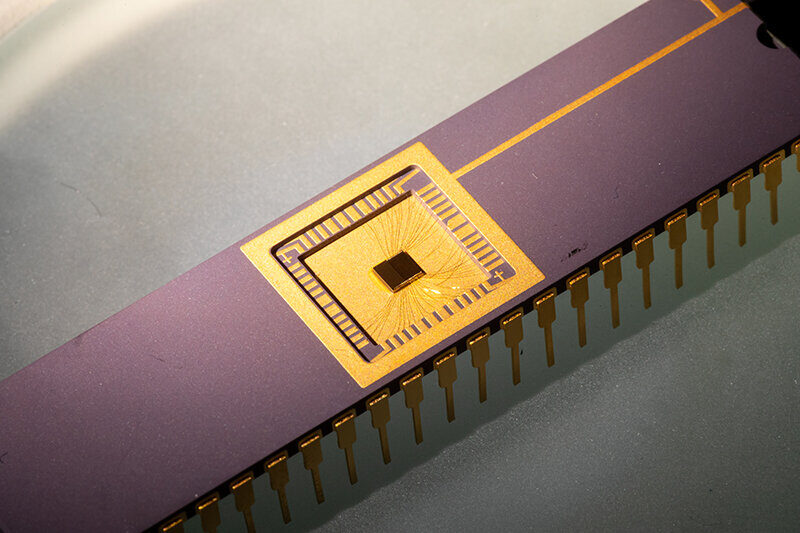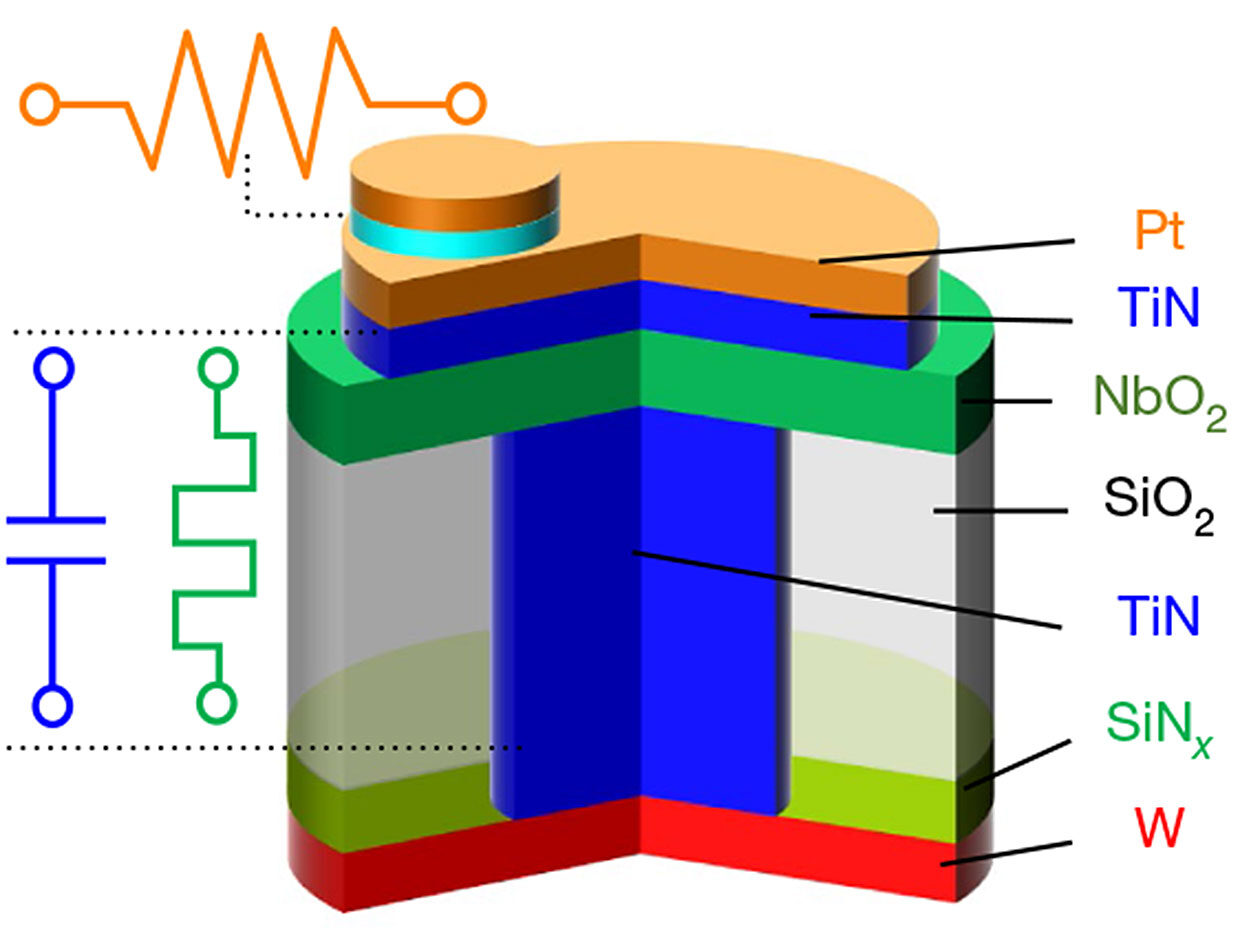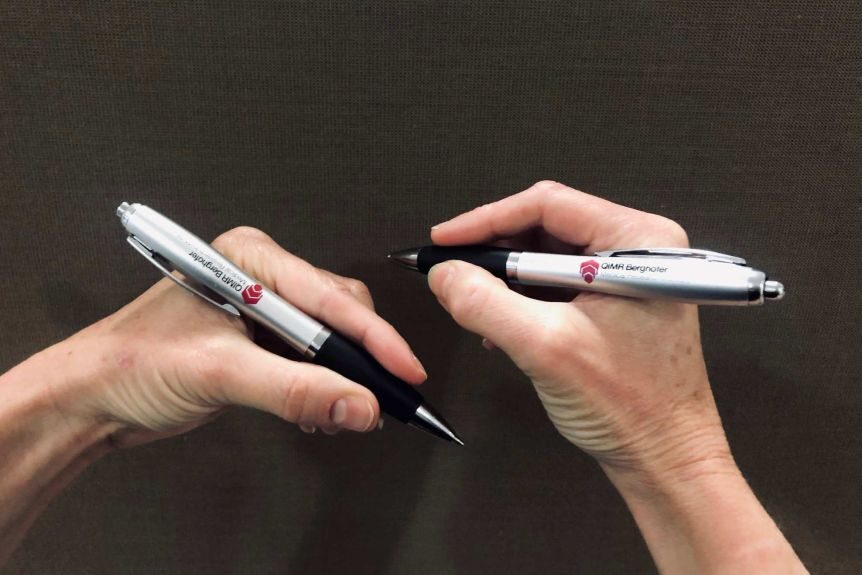
© Photo by Sueddeutsche Zeitung/Alamy Stock PhotoThe Norwegian explorer Fridtjof Nansen first described the phenomenon of dead water while sailing the Fram in Arctic waters in 1893.
Norwegian mariners called it
dødvann — dead water. They'd known for centuries that patches of seawater in narrow fjords could mysteriously sap a ship's speed, drastically slowing it or stopping it altogether. In his 1897 book,
Farthest North, explorer Fridtjof Nansen wrote of his
encounter with dead water north of Siberia in 1893: "We could hardly get on at all for the dead-water, and we swept the whole sea along with us."
Dead water, Nansen noted, occurred "where a layer of fresh water rests upon the salt water of the sea," as happens in northern fjords when snow and ice from mountains melt into the ocean.Nansen's report of dead water was investigated by scientists at the time, including the Swedish oceanographer Vagn Walfrid Ekman. In 1904, Ekman published research that showed dead water was caused by hidden waves in a dense subsurface layer of salt water that slowed the forward motion of a ship. Today's speedy ships easily overcome these submerged waves, and for most mariners dead water is now largely forgotten.
But more than 100 years later, scientists are still exploring the phenomenon, and
a new investigation has uncovered more details about its underlying mechanics.
In France, physicist Germain Rousseaux and his colleagues at the National Centre for Scientific Research re-created the laboratory experiments conducted by Ekman using modern techniques. They also investigated a different oceanographic phenomenon that Ekman first described, in which a ship repeatedly slows down before surging forward — an oscillation they've dubbed the "Ekman effect."













Comment: Ultimately, if nature wants to reclaim Venice, it will: